Welcome to Tarangire National Park, one of Tanzania’s most captivating safari destinations and a true haven for nature lovers. Famous for its towering baobab trees, sweeping savannahs, and impressive elephant herds, Tarangire offers an authentic and tranquil safari experience away from the crowds. Join Leen Adventures on an unforgettable journey through this mesmerizing wilderness — where golden sunsets, ancient landscapes, and thriving wildlife come together to create timeless African memories.
Covering an area of 2,850 square kilometers in northern Tanzania, Tarangire National Park is part of the northern safari circuit and lies about 118 kilometers southwest of Arusha. The park’s name comes from the Tarangire River, the park’s lifeline, which flows throughout the year, attracting thousands of animals during the dry season. The landscape is a picturesque mix of grasslands, acacia woodlands, seasonal swamps, and towering baobabs — some over 1,000 years old. Known for its peaceful atmosphere and striking scenery, Tarangire is a photographer’s paradise and a true haven for those seeking a classic African safari away from the crowds.
During the dry season (June–October), Tarangire becomes a gathering place for wildlife, as animals migrate from surrounding areas to drink from the Tarangire River. Massive herds of elephants, wildebeests, zebras, buffaloes, giraffes, and gazelles fill the plains, followed closely by predators such as lions, leopards, and cheetahs. The park is also home to one of the highest concentrations of elephants in Africa and is famous for its unique tree-climbing lions. Bird enthusiasts are treated to sightings of over 500 bird species, making Tarangire a year-round destination for both wildlife lovers and birdwatchers.
Located in northern Tanzania, Tarangire National Park forms part of the larger Manyara ecosystem. It’s known for its majestic baobab trees, the Tarangire River, and large elephant populations. The park experiences distinct dry and wet seasons, each offering unique safari experiences.
Geographic Size
2,850 km²
Mammal Species
100+
Best Time to Visit
June – October (dry season)
No, but part of Tanzania’s northern safari circuit
Most Famous For
Elephant herds & ancient baobab trees
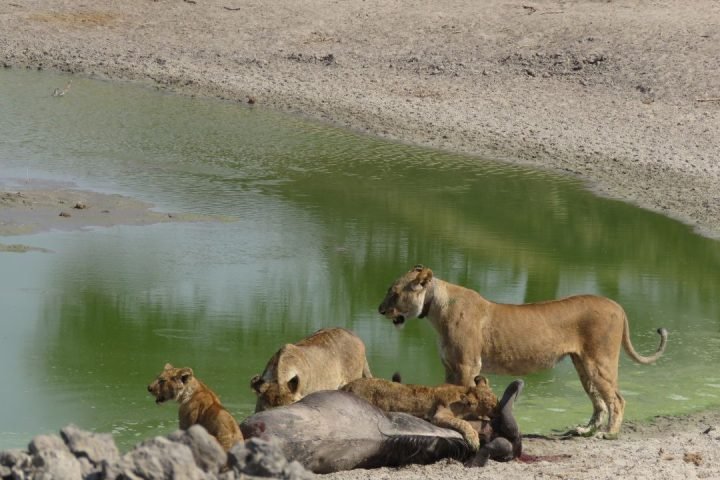
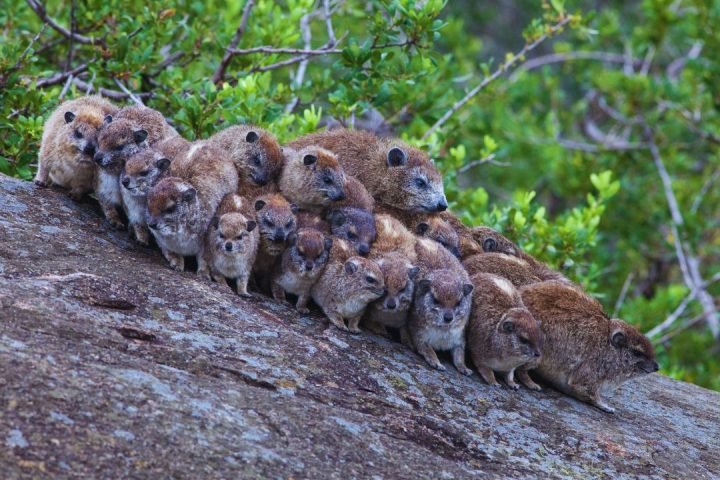
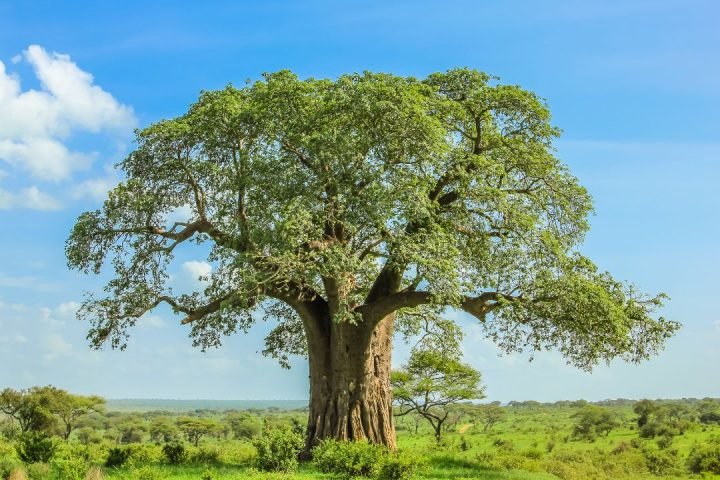
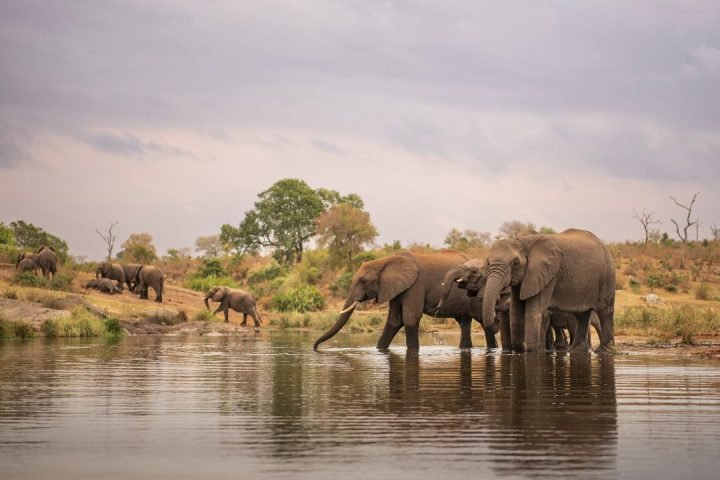
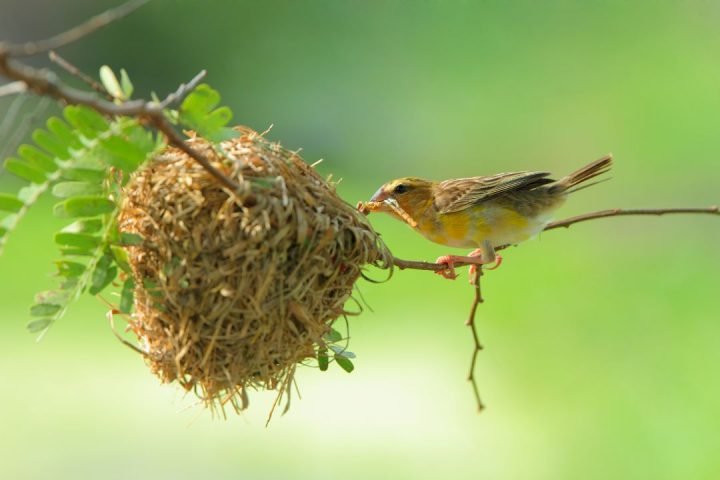
3. Acacia Woodlands:
These areas are home to giraffes, impalas, and lesser kudus, while leopards and genets hunt under the cover of night. The woodlands offer a more shaded and serene safari experience, rich in both flora and fauna diversity.
4. Seasonal Swamps and Floodplains:
In the rainy season, Tarangire’s lowlands transform into lush wetlands filled with life. Hippos wallow, elephants bathe, and a variety of waterbirds—including storks, pelicans, and flamingos—flock to the area, turning it into a vibrant spectacle.
5. Hilly Escarpments and Termite Mounds:
Scattered termite mounds and rolling hills characterize parts of the park, providing habitats for mongooses, dwarf mongooses, and even warthogs who use abandoned mounds as burrows. These mounds also make excellent lookouts for cheetahs and lions.
Wildlife and Birds of Tarangire
Tarangire boasts one of the highest wildlife densities outside the Serengeti. It’s particularly famous for its large elephant herds, often seen bathing in the river or walking in family groups across the plains. The park is home to lions, leopards, cheetahs, buffaloes, giraffes, wildebeests, zebras, impalas, elands, and oryx. During the dry season, animals migrate here from Lake Manyara and surrounding areas, creating dramatic concentrations of wildlife. Tree-climbing lions are occasionally sighted, and the rare fringe-eared oryx and greater kudu can also be found here.
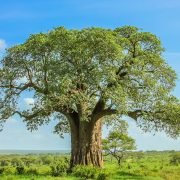
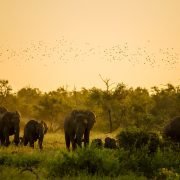
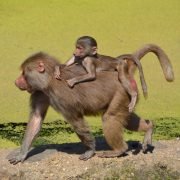


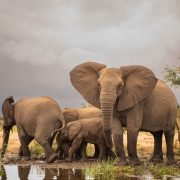
With over 500 recorded bird species, Tarangire is a paradise for bird lovers. The park’s varied ecosystems attract species such as the yellow-collared lovebird, ashy starling, red-and-yellow barbet, and Kori bustard—Africa’s heaviest flying bird. The wetlands teem with pelicans, flamingos, and storks during the wet season. Raptors like bateleurs and fish eagles dominate the skies, offering exceptional birdwatching opportunities year-round.
Tarangire has a tropical savannah climate with a long dry season (June–October) and two rainy periods (November–December and March–May).
Dry Season: Excellent for game viewing as animals congregate near the river.
Wet Season: Brings lush green landscapes, ideal for birdwatching and photography.
Temperatures typically range from 20°C to 30°C, cooling off at night, especially during June and July.
Tarangire National Park FAQs
More Facts